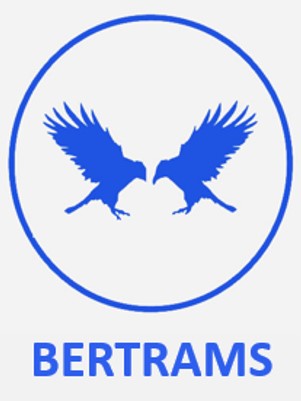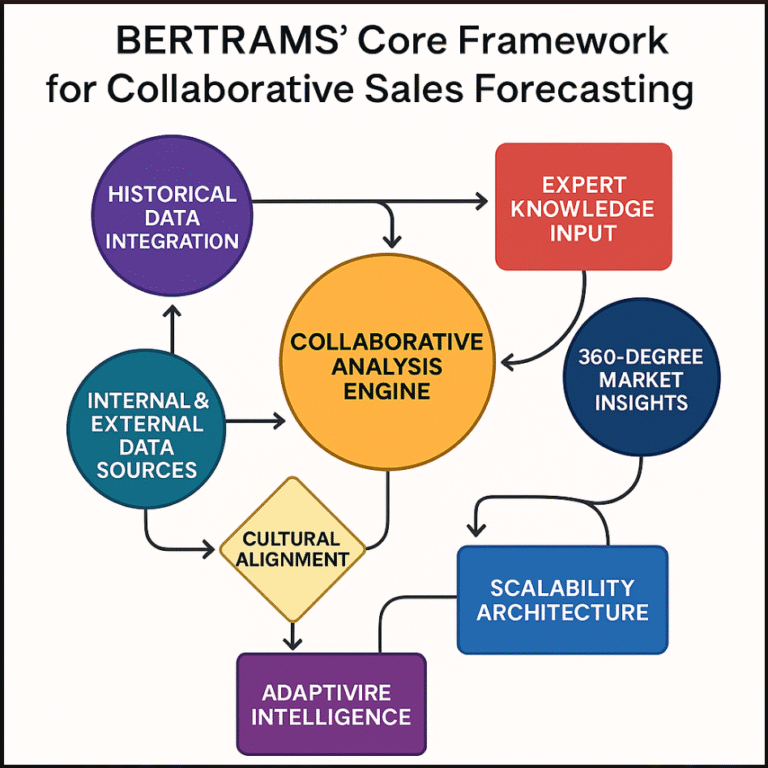|Coordinating Complexity| – A Playbook to join each other’s understanding
Executive Summary
“Our playbook “Coordinating Complexity” diagnoses a fundamental design flaw in modern enterprises: a persistent perspective gap between executives and frontline workers that undermines communication, decision-making quality, and organizational resilience.” Michael Bertrams, Founder
Here we describe a structural and cultural intervention – including perspective rotation, distributed decision architectures, and complexity mapping – embedded within new or existing Sales & Operations Planning (S&OP) and Integrated Business Planning (IBP) frameworks.
Our remedies aim to cultivate organizational perspective fluidity, enabling seamless shifts between strategic abstraction and operational reality under all conditions.
1. The Fundamental Organizational Challenge
Enterprises suffer from a perspective alignment deficit beyond routine supply-chain frictions:
- Psychological Traps in Hierarchies: Executives process high-level abstractions, while frontline staff focus on immediate impediments, creating entrenched blind spots.
- Leadership Blindness: Psychological distance leads leaders to overlook operational truths visible to staff, even as employees misinterpret strategic priorities.
- Pressure Amplification: During crises, cognitive overload exacerbates misalignment: nearly 50% of employees feel unrecognized, while leaders overestimate their operational awareness.
2. Structural and Cultural Remedies
2.1 Institutionalized Perspective Rotation
- Job Immersion: Scheduled role exchanges (executives into frontline roles and vice versa) build empathy through shared experience.
- External Facilitators: Neutral “helicopter pilots” guide early rotations using theories like construal level to foster trust and reflection.
2.2 Distributed Decision Architecture
- Two-in-a-Box Models: Pair operational and strategic stakeholders on every major decision to force continuous cross-perspective dialogue.
- Psychological-Distance Monitoring: Regular surveys and feedback loops identify and remediate disconnects before they escalate.
2.3 Resilient Communication Under Pressure
- Simplified Channels: Purpose-built, redundant communication systems ensure critical insights flow across levels without distortion.
- Cultural DNA Anchors: Shared stories, traditions, and “empathy artifacts” maintain mutual understanding when stress is highest.
3. Extending S&OP/IBP Frameworks for Complexity
3.1 Addressing Theoretical Gaps
- Multi-Layered Integration: While Lean, Agile, and digital maturity models touch on integration, they often miss cross-functional collaboration and emergent complexity management.
- Complexity-Informed Governance: Link layers of information, control, and decision-making to both systemic and emergent challenges in supply chains and digital transformation.
3.2 Integrating Practical Implementation Tools
- Joint Sense-Making: Shared case studies, context-specific adaptations, and staged roll-outs bridge theory and practice.
- Co-Produced Case Repositories: Building portfolios of collaborative success stories demonstrates framework efficacy across industries.
3.3 Enhancing Client Collaboration
- Complexity Mapping Workshops: Visual maps of explicit (processes, KPIs) and implicit (beliefs, habits) factors reveal misaligned assumptions.
- Facilitated Feedback Cycles: Iterative learning sessions surface emergent constraints and refine both strategy and execution in real time.
4. Recommendations for BERTRAMS-Style Framework Evolution
- Layered Integration
Explicitly connect technical, process, leadership, and partnership perspectives across all stakeholders in supply-chain and digital contexts. - Iteration & Adaptation
Embed real-time feedback, monitoring, and incremental adaptation mechanisms for dynamic environments. - Organizational Complexity Mapping Tools
Provide clients with interactive instruments to chart complexity structures, governance models, and responsibility matrices. - Practical Case Inclusion
Curate and disseminate co-created case studies demonstrating how the extended framework resolves specific challenges—from construction digital maturity to sustainable supply chains.
5. Path to Perspective Integration
By institutionalizing perspective fluidity—through immersive role exchanges, distributed decision mandates, and robust communication systems—organizations can transcend siloed mindsets. Embedding these practices in established S&OP/IBP processes, supported by facilitated complexity-mapping and continuous adaptation, yields more agile decision-making and enduring resilience across all organizational tiers.

